When You can See "Wolf Moon" anh How to Watch - The first full moon of 2021
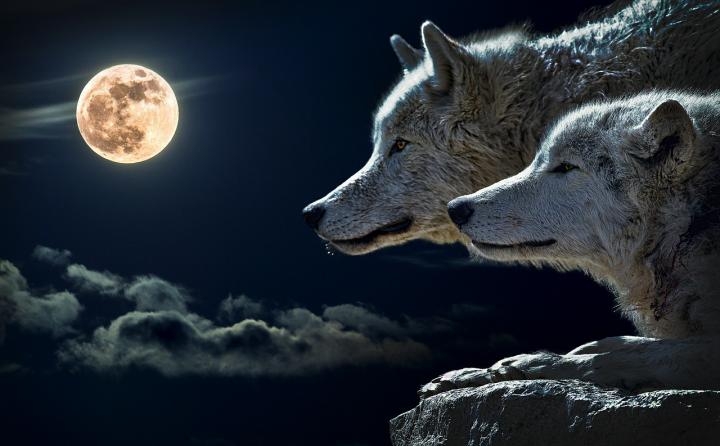 |
| How to Watch and When to See full 'wolf moon' |
The full moon ("Wolf Moon") will rise in the east after sunset on Thursday, Jan. 28, and will glow all night long, as long as cloudy conditions do not obscure the sky.
When you can see Full Moon or Wolf Moon?
NASA reported: The moon will be at its fullest for just an instant — on Thursday, that happens at 2:16 p.m. EST (19:16 UTC). But, as with every full moon cycle, the moon will appear full for about three days, from Wednesday through Saturday morning (Jan. 27–30). The moon will be 100% full at 2:16 p.m. ET.
The full moon will be so bright, you can just gaze upward at the (hopefully clear) night sky to see it. If you have access to binoculars or a telescope, you may be able to spot some lunar features, such as the Sea of Tranquility or the bright Copernicus Crater.
To spot the best view of the moon, look up your local moonrise and moonset times, and find a clear area to take in a large view of the sky. Don't worry if you miss it on Thursday — the moon will appear full for several days, through early Saturday morning.
*Read More: FACTS about Full Wolf Moon in Late January 2021
How to Watch Full Moon - Online Observation
If it's a cloudy night, you can always take a virtual tour of the moon with Moon Trek, managed by NASA's Jet Propulsion Laboratory in Pasadena, California. With Moon Trek, it's possible to view the historic landing sites from the Apollo missions, as well as other moonscapes.
To see a live feed of January's full wolf moon rising over Rome, the Virtual Telescope Project has a free webcast, which begins at 10:45 a.m. EST (15:45 UTC) on Thursday and is run by Italian astrophysicist Gianluca Masi.
It will be the first full Moon of the year and the Virtual Telescope will show it live, while it rises above Rome. Join the show online, from the comfort of your home.
*Wolf Full Moon 2021: online observation – 28 Jan. 2021: Check Here
Why is it called the Wolf Moon?
According to the Old Farmer's Almanac, January's full moon is often referred to as the "wolf moon" as a reference to wolves that used to howl at night around this time of year, although it remains unclear if the name stemmed from a Native American tribe, as moon names typically do.
There is a large number of other names used to describe this month's moon, including Candles Moon, Snow Moon, Hunger Moon, Center Moon, Cold Moon, Frost Exploding Moon, Freeze Up Moon, Severe Moon and Hard Moon, among others.
NASA's Gordon Johnson said: "Full Moon names were used to describe and remember what happened in the past and to remind of what was likely to come in the near future. Also, there are many different Native American names for the full Moons."
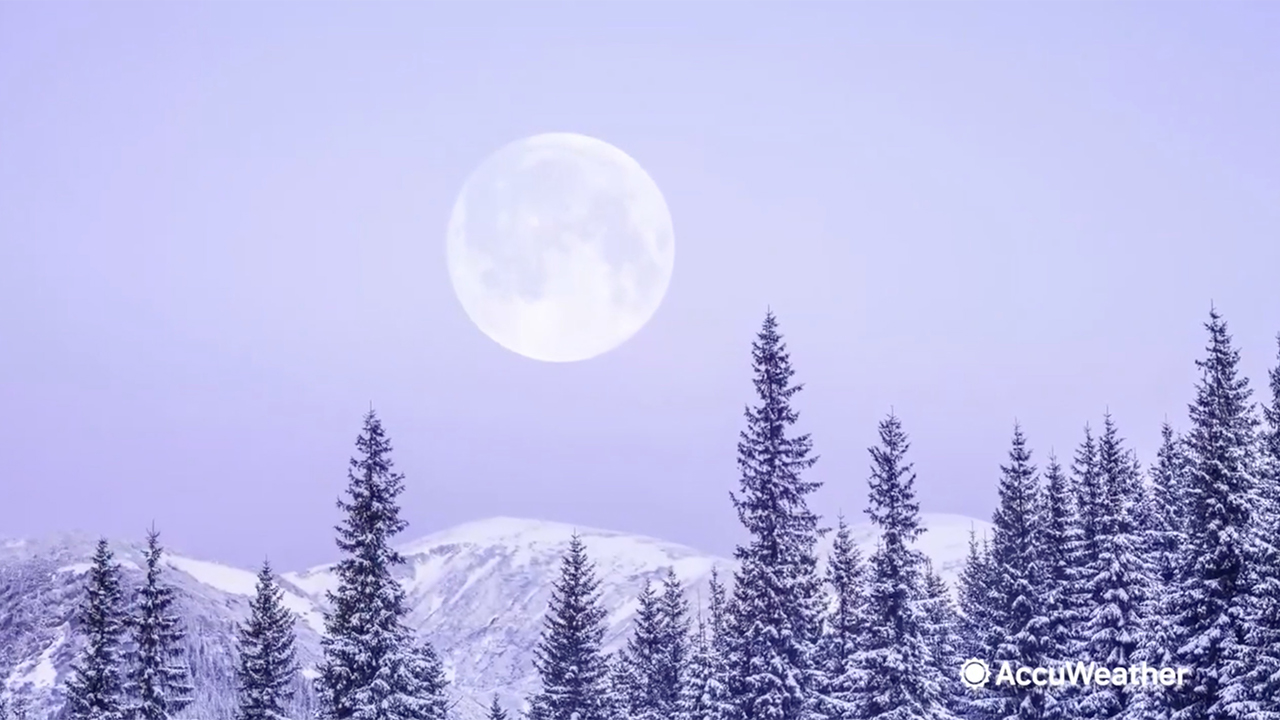 |
2021 will have the typical 12 full moons:
- February 27: Snow moon
- March 28: Worm moon
- April 26: Pink moon
- May 26: Flower moon
- June 24: Strawberry moon
- July 23: Buck moon
- August 22: Sturgeon moon
- September 20: Harvest moon
- October 20: Hunter's moon
- November 19: Beaver moon
- December 18: Cold moon
 FACTS about Full Wolf Moon in Late January 2021 FACTS about Full Wolf Moon in Late January 2021 The Full Wolf Moon rises on Thursday, January 28 is the very first full moon of 2021. Learn more about when, where, and how to ... |
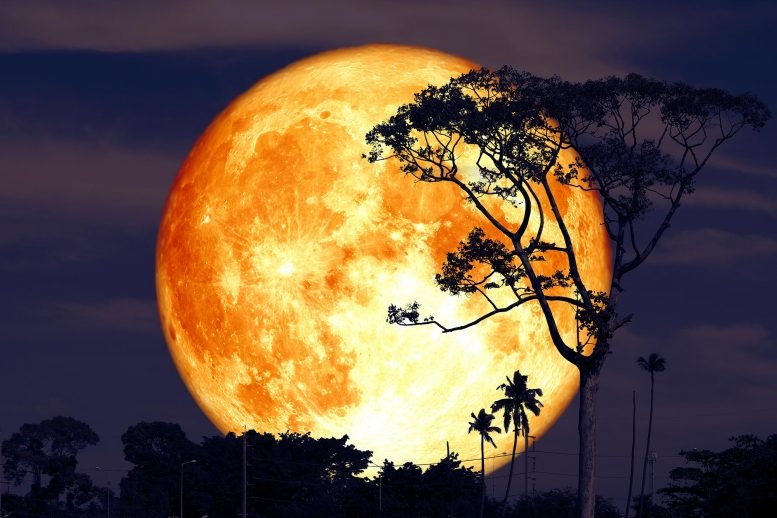 Calendar for Full Moon 2021: Names, Dates and Time Calendar for Full Moon 2021: Names, Dates and Time Watching the Moon by naked-eye with your friends or your family is a brilliant idea in this current situation of COVID-19. It’s a great social ... |
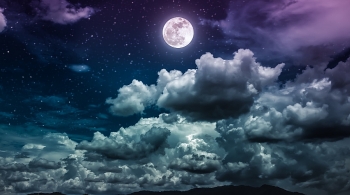 Facts about Cold Moon - Last Full Moon of the Year: Date, Timings, All you need to Know Facts about Cold Moon - Last Full Moon of the Year: Date, Timings, All you need to Know The upcoming lunar event Last Full Moon or also known as the Cold Moon, which is the highest full moon of 2020, last full moon ... |
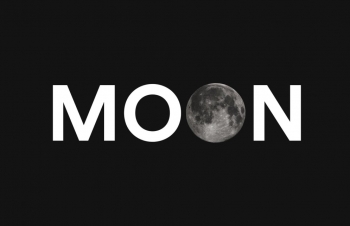 Facts about the MOON: Top 12 Interesting Things Facts about the MOON: Top 12 Interesting Things At a distance of 384,400 km from the Earth, the Moon is our closest celestial neighbour and only natural satellite. Like the Earth itself, the ... |























